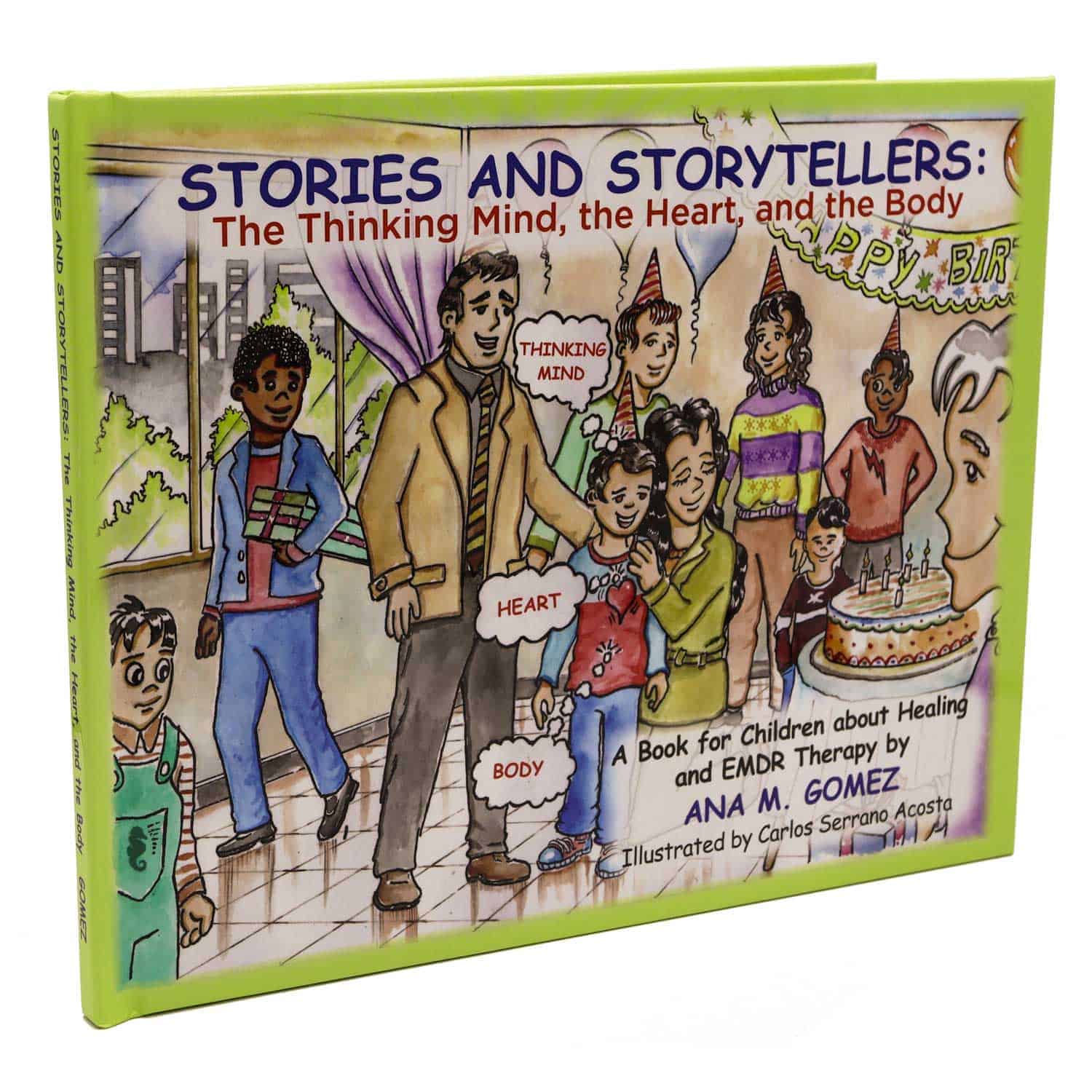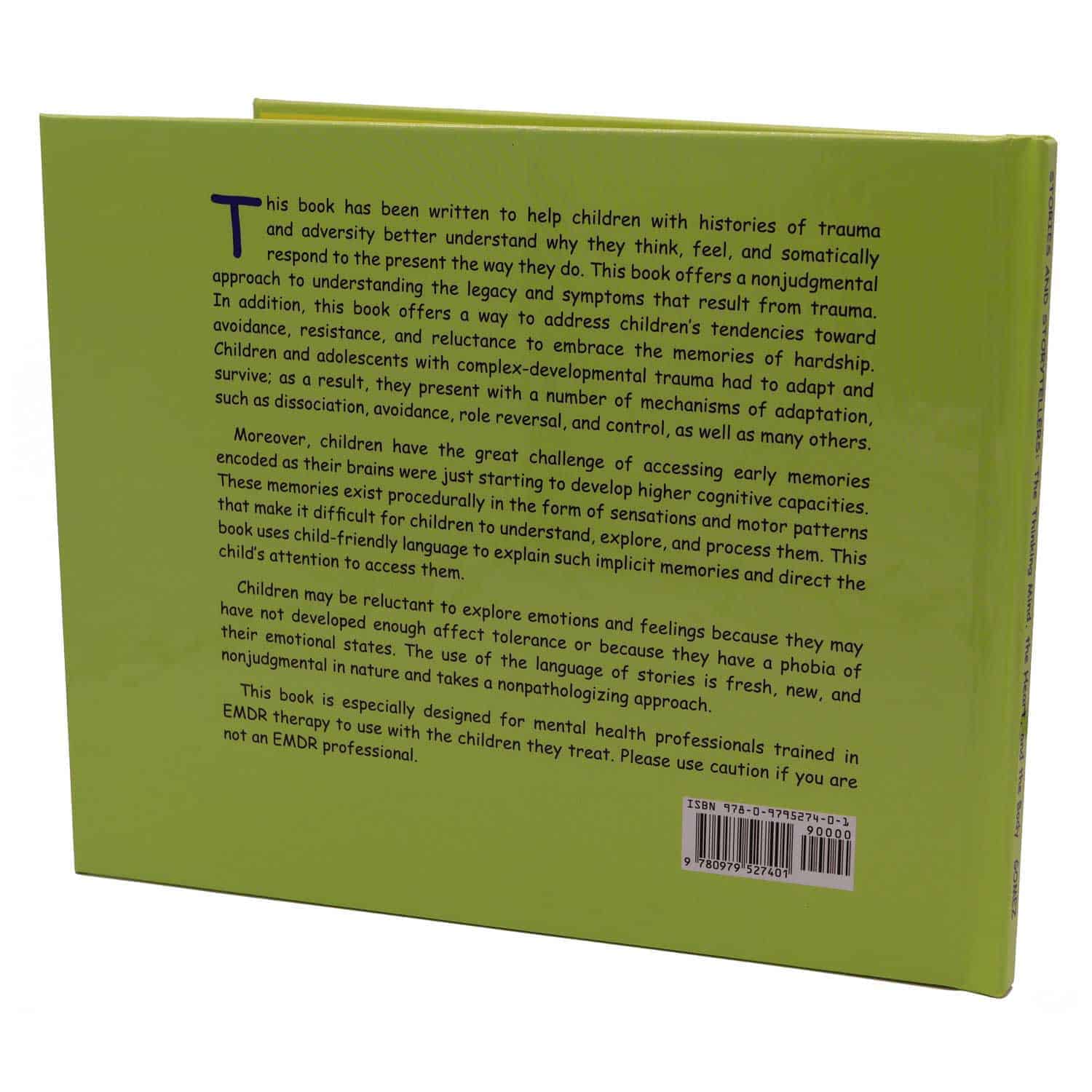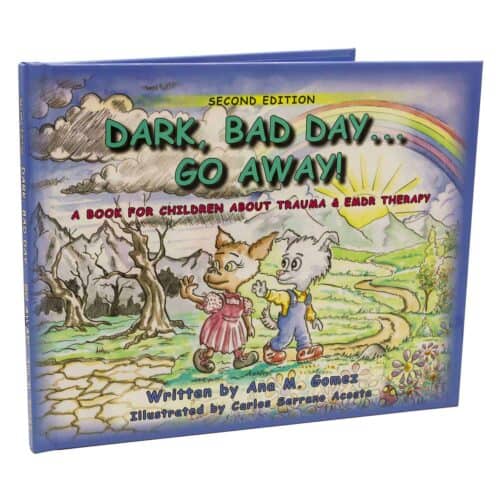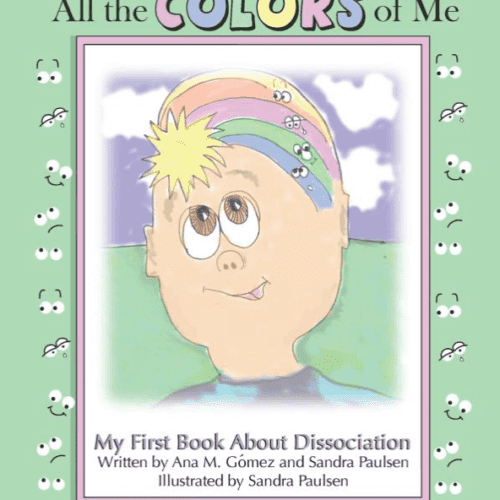This book is especially designed for mental health professionals trained in EMDR therapy to use with the children they treat. This book has been written to help children with histories of trauma and adversity better understand why they think, feel, and somatically respond to the present the way they do. This book offers a non-judgmental approach to understanding the legacy and symptoms that result from trauma. In addition, this book offers a way to address children’s tendencies toward avoidance, resistance, and reluctance to embrace the memories of hardship. Children and adolescents with complex-developmental trauma had to adapt and survive; as a result, they present with a number of mechanisms of adaptation such as dissociation, avoidance, pleasing and control, as well as many others. Considering that EMDR clinicians have the challenge of encouraging children to access such memories, issues related to the “phobia of the trauma” (van der Hart, 2006) and the fear of the fear are likely to arise.
Moreover, children have the great challenge of accessing early memories encoded as their brains were just starting to develop higher cognitive capacities. These memories exist procedurally in form of sensations and motor patterns which makes it difficult for children to understand, explore and process them. This book uses child-friendly language to explain such implicit memories and direct the child’s attention to access them.
Children may be reluctant to exploring emotions and feelings because they may have not developed enough affect tolerance or because they have a phobia of their emotional states. The use of the language of stories is fresh, new, and non-judgmental in nature and takes a non-pathologizing approach. Children learn that underneath anxiety, anger or depression to mention some, there is a story waiting to have a voice, to be heard, to be seen, to be discovered, to be revealed in, to be explored, and ultimately to be sorted out and healed.








